Edit Content
Competitive price analysis is the process of collecting and analyzing competitors’ pricing. Using the collected pricing data, you’re able to compare prices and see when your competitors ran promotions and sales.
Over time, you gather enough data to identify your competitors’ competitive pricing trends and discounting behavior. Additionally, the market trend insights allow you to make smart, real-time decisions to outperform competitors.
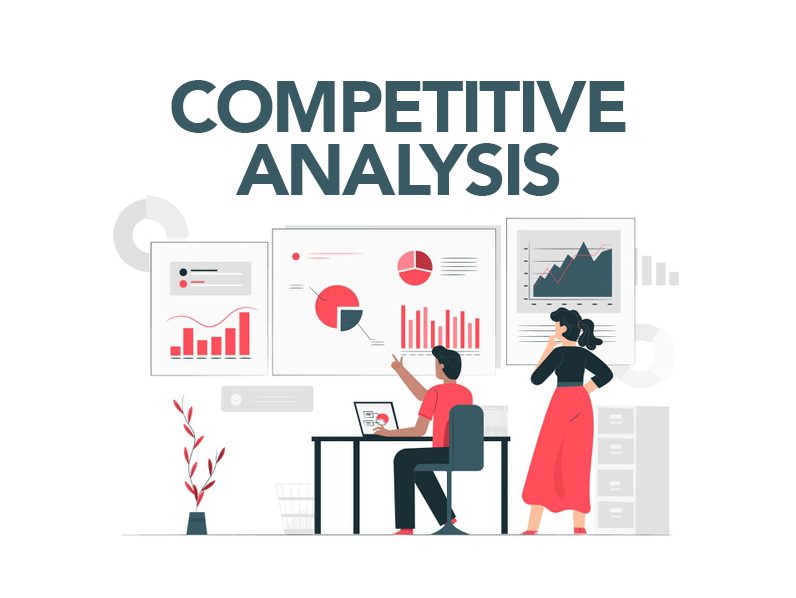
With that said, conducting manual analyses of your competitors’ pricing strategies can be a major challenge. Instead, many leading retailers do this type of competitive analysis automatically. Here is how an automated process is beneficial for retailers:
Imagine manually mining data on your competition’s websites for the prices of various SKUs. This will take a long time. After all your hard work, the prices may no longer be accurate, as eCommerce is an ever-changing landscape.
The decisions you make with outdated data won’t have the best results.
Even if you do efficiently collect pricing data manually, can you keep up with frequently changing dynamic prices? Collecting pricing data should be performed on a regular basis, not just when your pricing strategy is revised.
By automating your competitive price analysis, you receive accurate pricing data daily without the need to spend valuable resources on manually extracting data. Automating the process eliminates human error and provides updated pricing information.
When retailers manually conduct competitive price analysis, they also must manually interpret the data. Raw data is useless if you don’t know how to interpret it. Premium Solutions will provide you with clear visuals — not just Excel sheets and numbers. You can easily analyze data and spot trends when shown in pie charts, line graphs, bar charts, and more.
Additionally, your data needs to be scalable. As your company grows, that means more SKUs, more channels, and more competitors in the market. Instead of having to repeat processes and waste time, retailers should consider automating their competitive price analysis to support their growth.
The goal of competitive price analysis is to compare where your price sits in relation to the market. By making use of this type of price analysis, you’re able to uncover your competitors’ pricing strategies and use the knowledge to outsmart them.
Competitive price analysis gives you insights on which products are priced higher but are still winning in the market. This is where you command premium prices.
By capitalizing on this, you maximize your profits and create long-term growth. On the other hand, some of your products may be more elastic, or price-sensitive, this is where you need to be priced competitively and timely to win customers over.
With competitive price data, it is easy to determine how to change prices to maximize margins. Taking it a step further, automate repricing by using algorithms that factor in the conditions of the market. Your prices will adapt to market changes in real-time to maximize your margins and revenue.
Utilizing automatic pricing with premium pricing data provides retailers with the ability to easily test pricing strategies. With software, you have options to set customizable repricing rules to A/B test strategies to optimize product pricing and maximize sales.
Since the market is always changing, finding the perfect pricing strategy is a continuous process. Automating it makes it easier to always stay on top of the industry and know what your customers desire.
Automating competitive price analysis opens up the possibility of creating extensive 24/7 historical data sets as the process does not depend on working hours, weekends, and holidays. Over time, you’ll be able to see trends that provide insights on how often your competitor runs promotions on which products and when.
By monitoring brands’ previous pricing performance, you’re able to identify pricing trends and markdown patterns. Historical data gives you an inside look to learn from the success of competitors, such as when they began promoting back-to-school sales or Black Friday deals and then gained a competitive advantage.
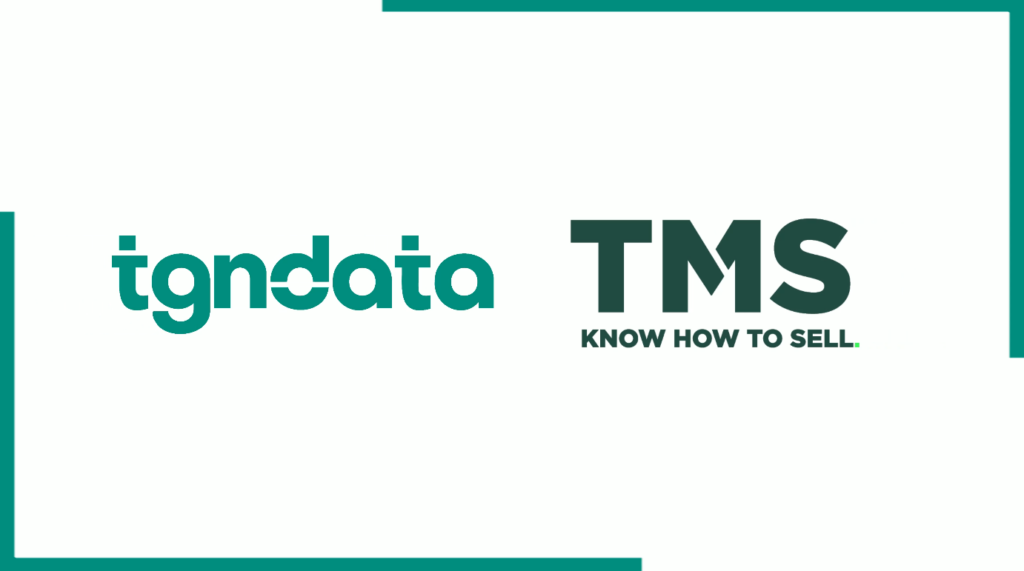
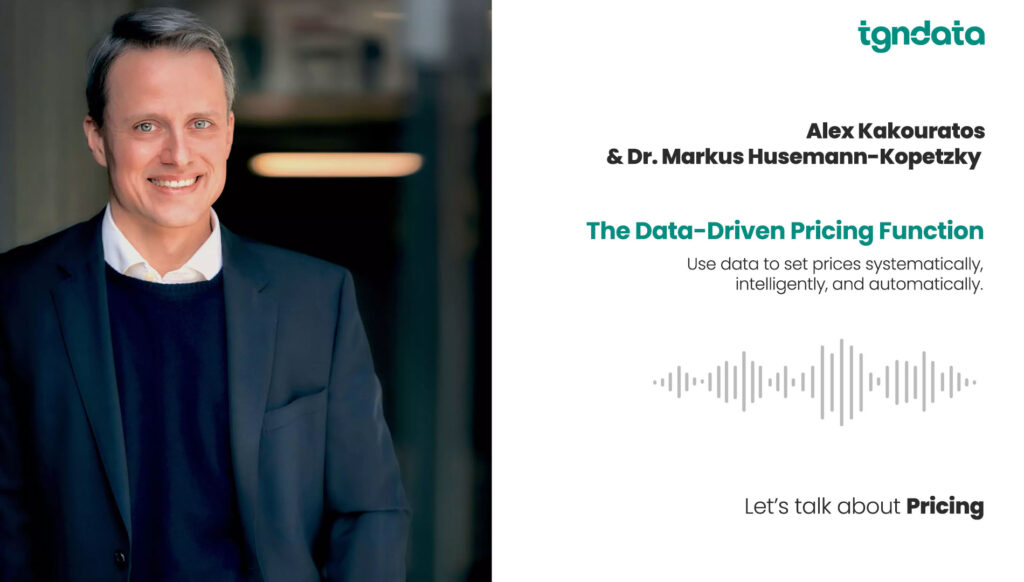

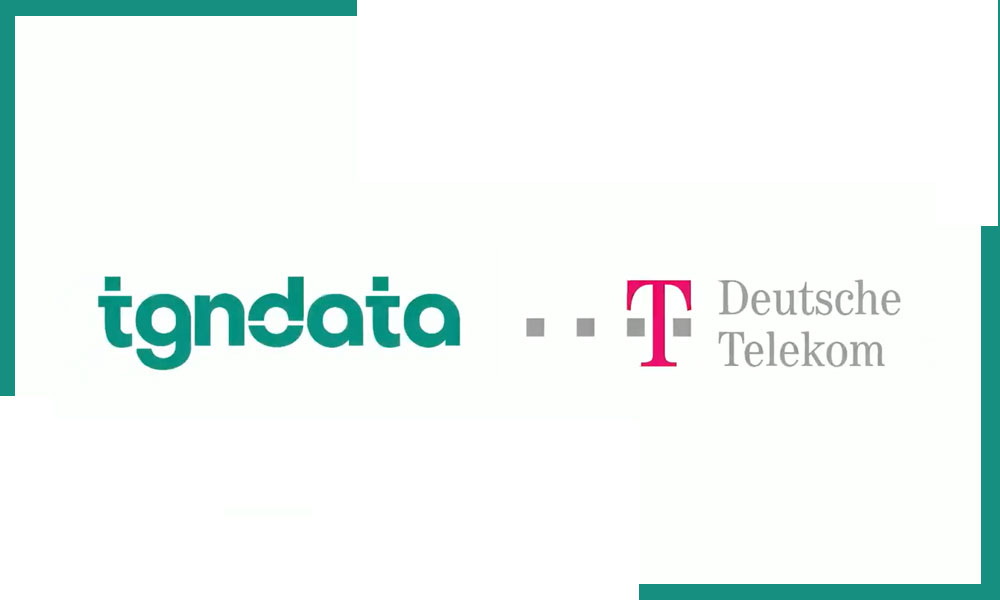

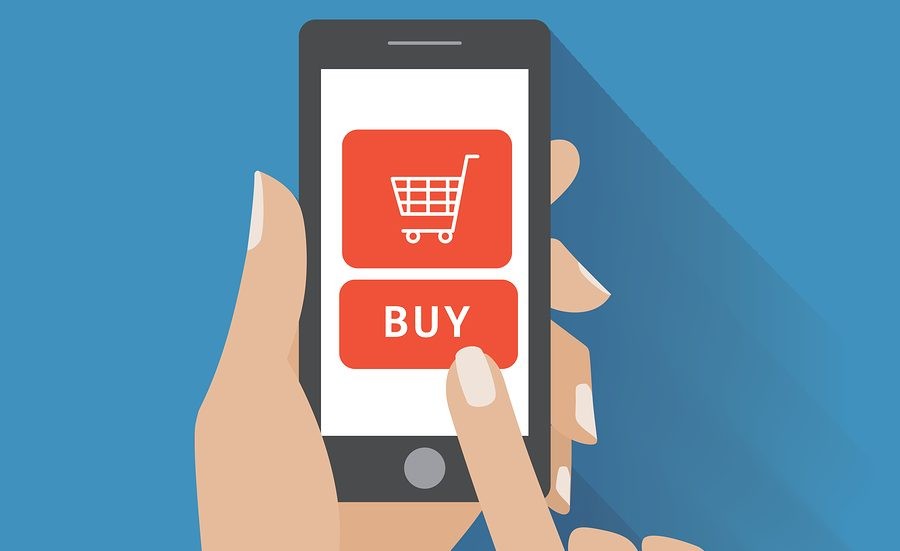
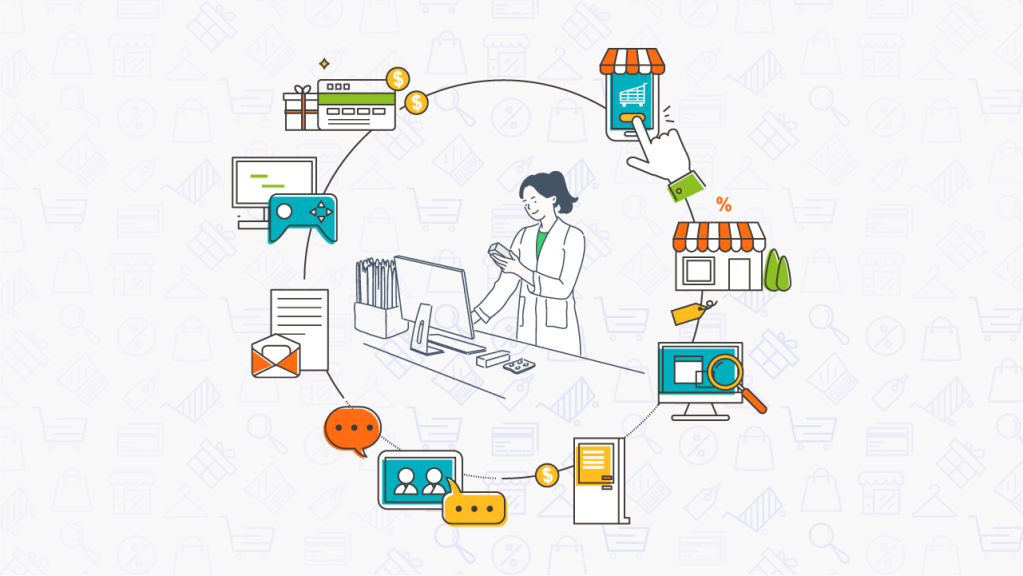






Missing an important marketplace?
Send us your request to add it!